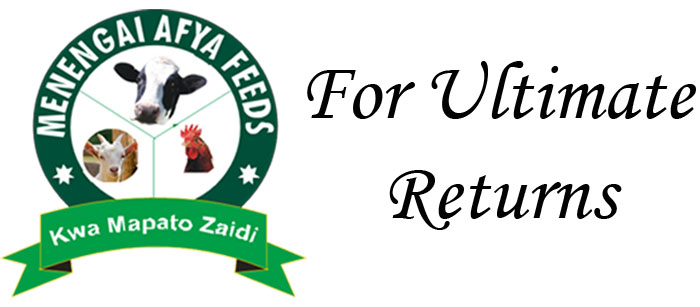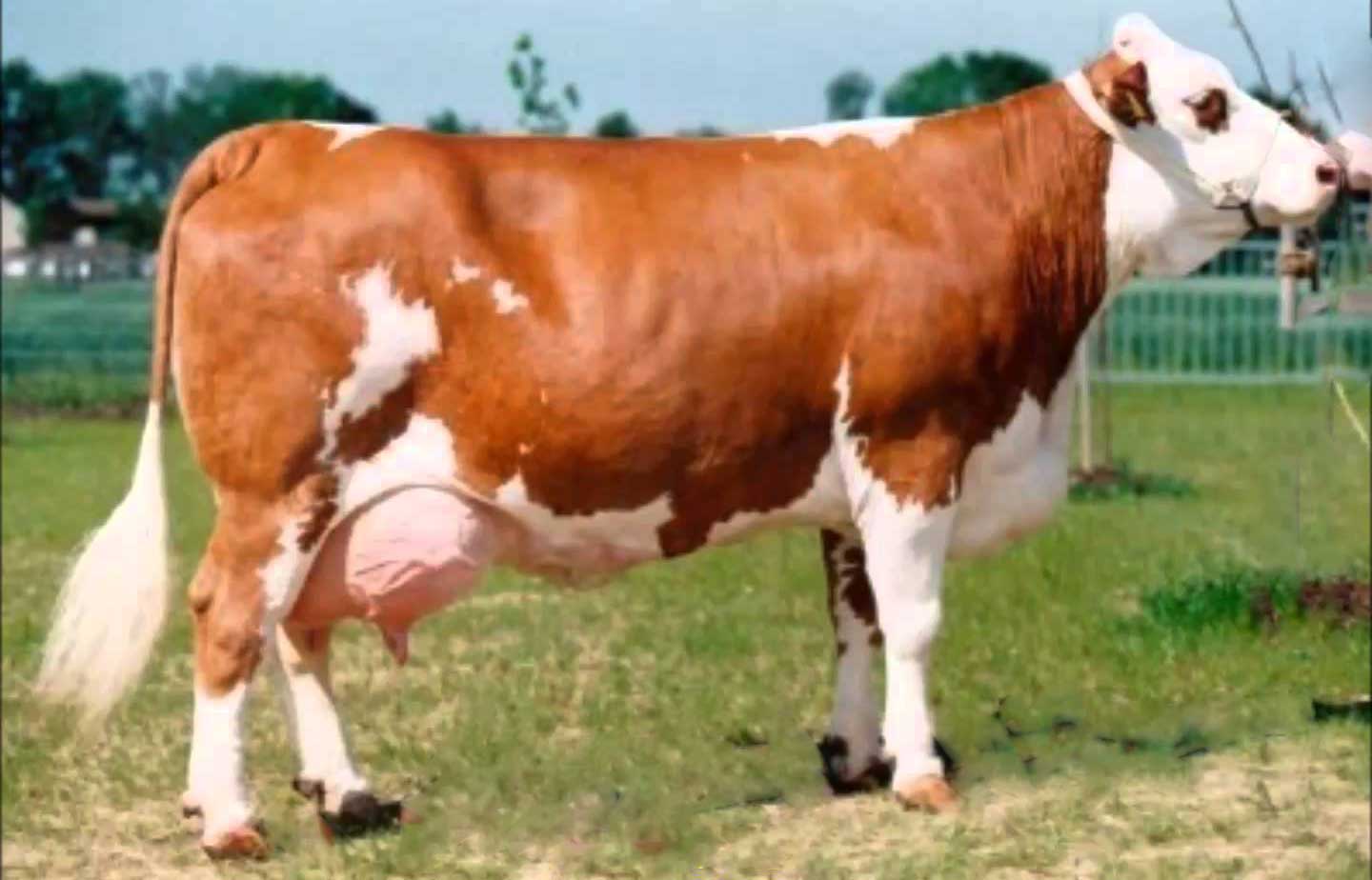Nutrient requirements vary with the stage of lactation and gestation. Five distinct feeding phases can be defined to attain optimum production, reproduction and health of dairy cows:
Phase 1. Early lactation—0 to 70 days postpartum. Milk production increases rapidly during this period, peaking at 6 to 8 weeks after calving. Feed intake does not keep pace with nutrient needs for milk production, especially for energy, and body tissue will be mobilized to meet energy requirements for milk production. Adjusting the cow to the milking ration is an important management practice during early lactation. Increasing grain about 1 pound per day after calving will increase nutrient intake while minimizing off-feed problems and acidosis. Excessive levels of grain (over 60 percent of the total DM) can cause acidosis and a low milk fat percentage.
Protein is a critical nutrient during early lactation. Meeting or exceeding crude protein requirements during this period helps stimulate feed intake and permits efficient use of mobilized body tissue for milk production. Rations may need to contain 19 percent or more crude protein to meet requirements during this period.
Phase 2. Peak DM intake—second 10 weeks postpartum. Cows should be maintained at peak production as long as possible. Feed intake is near maximum and can supply nutrient needs. Cows should no longer be losing body weight, and are either maintaining weight or slightly gaining weight (figure 6).
Grain intake can reach but should not exceed 2.5 percent of the cow’s body weight (1300-lb cow can consume up to 32 lb of DM from grain). Adding grains or feeds high in digestible fiber to the ration may be necessary to help maintain an optimal rumen environment when these high levels (55 to 60 percent of the ration DM) of grain are being fed
Phase 3. Mid- to late lactation—140 to 305 days postpartum. This phase will be the easiest to manage. Milk production is declining, the cow is pregnant, and nutrient intake will easily meet or exceed requirements. Grain feeding should be at a level to meet milk production requirements and begin to replace body weight lost during early lactation. Lactating cows require less feed to replace a pound of body tissue than dry cows. Young cows should receive additional nutrients for growth (2-year-old, 20 percent more; 3-year-old, 10 percent more than maintenance).
Phase 4. Dry period—60 to 14 days before parturition. The dry period is a critical phase of the lactation cycle. A good, sound dry cow program can increase milk yield during the following lactation and minimize metabolic problems at or immediately following calving.
A dry cow feeding program separate from lactating cows is required. Diets should be formulated to specifically meet the nutrient requirements of dry cows: body maintenance, fetal growth, and replacing any additional body weight not replaced during phase 3. DM intake will be near 2 percent of the cow’s body weight. Forage intake should be a minimum of 1 percent of body weight or 50 percent of the dietary DM. Grain feeding should be according to needs, but not exceeding 1 percent of body weight. One half of 1 percent of body weight in grain fed per day is usually sufficient in most dry cow feeding programs. Limiting the amount of feed DM offered to less than 2 percent of body weight may be necessary when rations contain only corn silage or other high energy feeds, to avoid over-conditioning of cows. Feeding low quality forages such as corn stalks or grass hay is preferable to limit feeding. If limit feeding is necessary, be sure ration is balanced to supply all nutrients in their correct amounts.Meet calcium and phosphorus needs, but avoid large excesses. Calcium intakes of 60 to 80 grams and phosphorus intakes of 30 to 40 grams are sufficient for most cows.
Phase 5. Transition period—14 days before to parturition. The transition or close-up dry cow feeding program is critical to adjusting dry cows and springing heifers to the lactation ration and preventing metabolic problems. Some grain, if not previously fed, should be fed starting two weeks before freshening. Introduction of grain is necessary to begin changing the rumen bacteria population over from an all-forage digestion population to a mixed population of forage and grain digesters. Also, addition of some ingredients used in the lactation ration during this period minimizes the stress of ration changes after calving


